A team of paleontologists from Oregon State University and the Agricultural Research Service of the U.S. Department of Agriculture has found a new genus and species of fossil angiosperm in the mid-Cretaceous amber deposits of Myanmar.
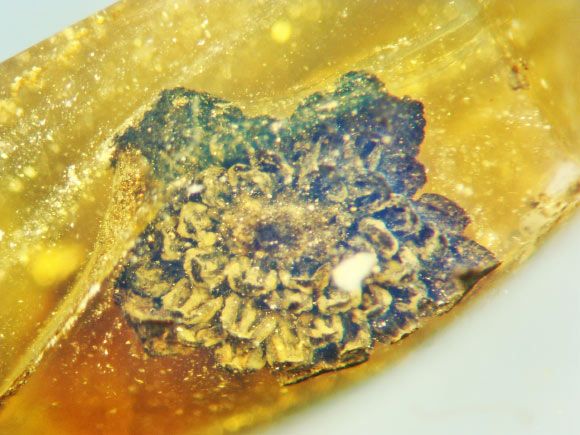

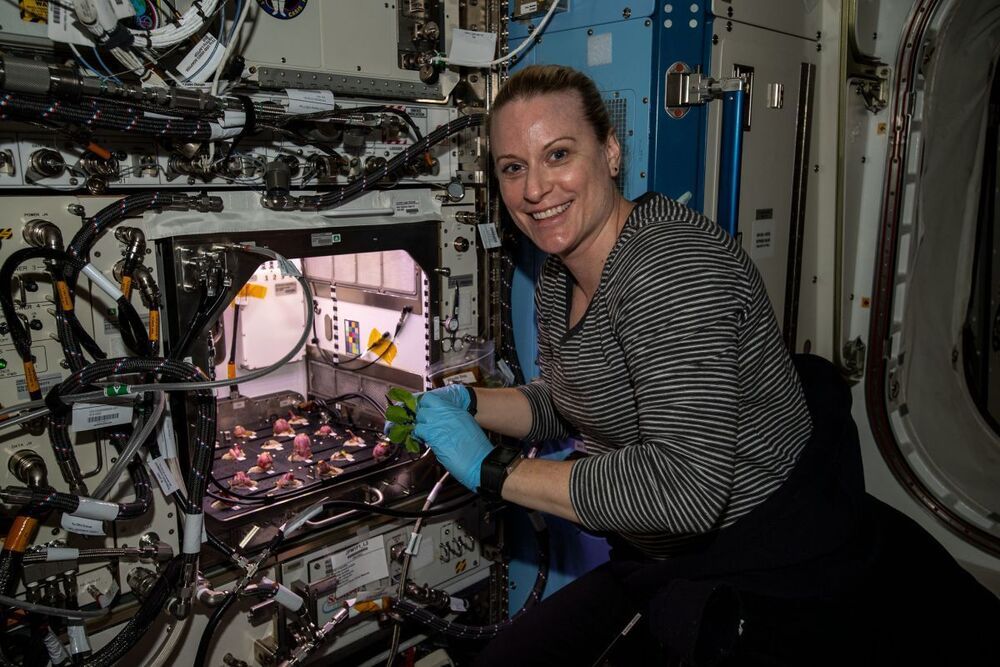
NASA astronaut Kate Rubins harvested fresh radishes grown in space, opening new doors for producing food in microgravity to sustain future longer-term missions to the moon and Mars.
The radishes were grown in the Advanced Plant Habitat (APH) aboard the International Space Station. NASA shared a time-lapse video of the radishes as they grew inside the APH over the course of 27 days.
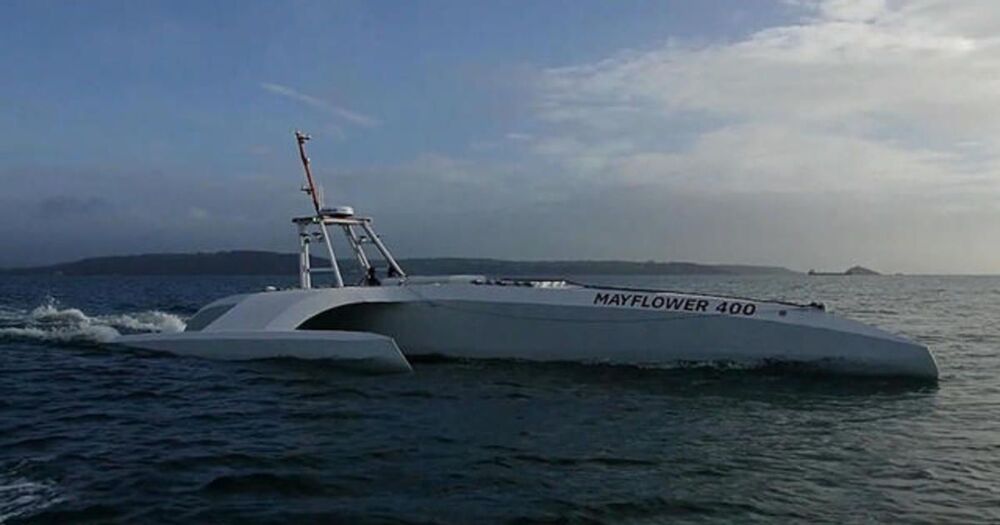
To commemorate the anniversary, another vessel is recreating that voyage, with the help of artificial intelligence.
“We don’t know how it’s going to go. Is it going to make it across the Atlantic?” software engineer and emerging technology specialist Rosie Lickorish told CBS News’ Roxana Saberi. “Fingers crossed that it does have a successful first voyage.”
The vessel, docked in the harbor of Plymouth, England, will rely on the latest navigation technology when it sets out to sea — but it won’t be carrying a crew or captain.
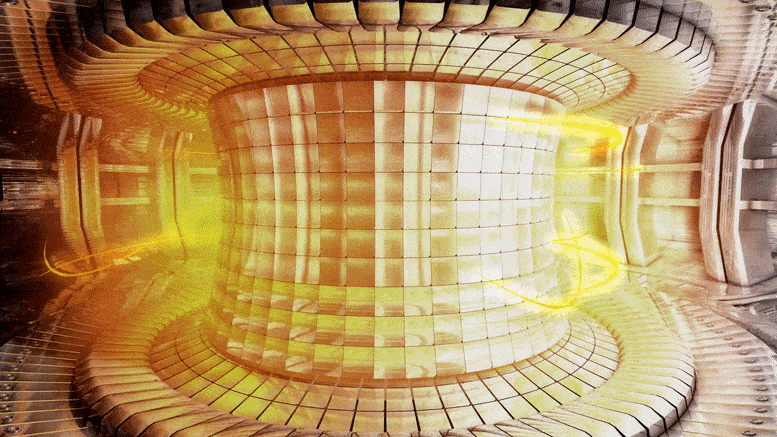
KSTAR sets the new world record of 20-sec-long operation at 100 million °C. Aims to continuously operate high-temperature plasma over the 100-million-degree for 300 seconds by 2025.
The Korea Superconducting Tokamak Advanced Research (KSTAR), a superconducting fusion device also known as the Korean artificial sun, set the new world record as it succeeded in maintaining the high temperature plasma for 20 seconds with an ion temperature over 100 million degrees.
On November 24, 2020, the KSTAR Research Center at the Korea Institute of Fusion Energy (KEF) announced that in a joint research with the Seoul National University (SNU) and Columbia University of the United States, it succeeded in continuous operation of plasma for 20 seconds with an ion-temperature higher than 100 million degrees, which is one of the core conditions of nuclear fusion in the 2020 KSTAR Plasma Campaign.
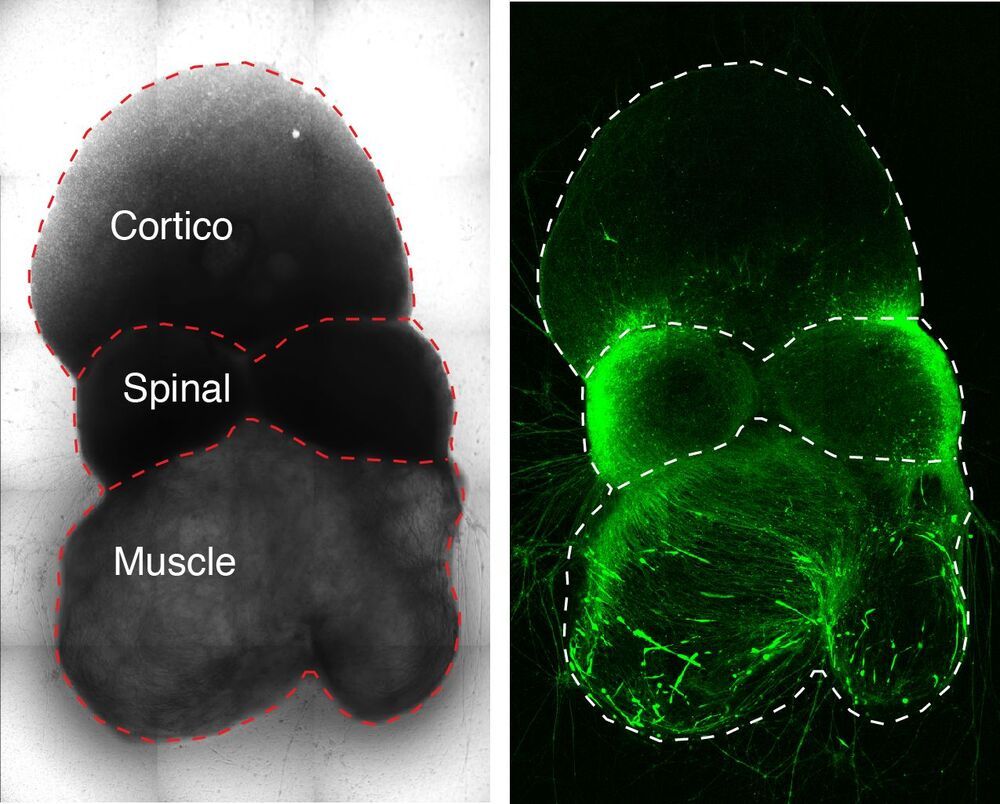
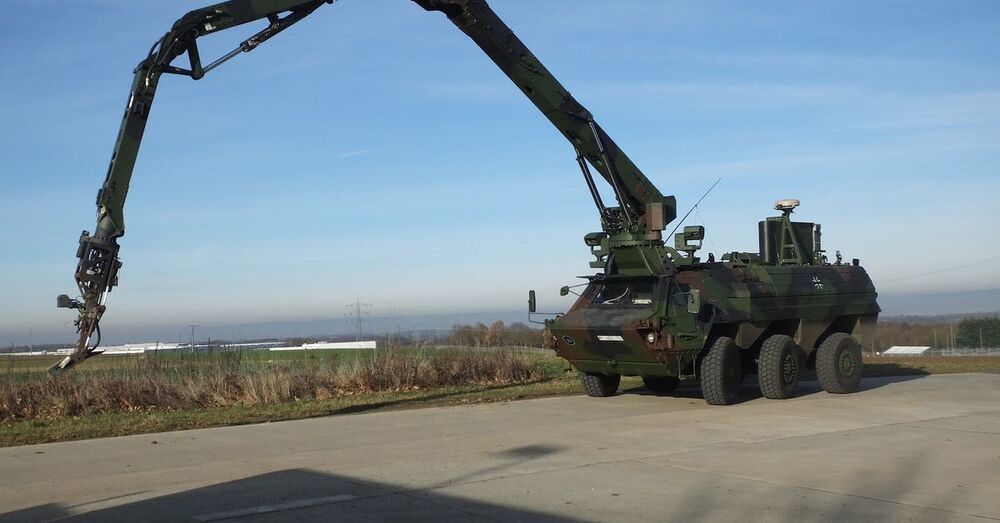

Over the past 25 years, suicide attacks have emerged as a method used on a large scale by terrorist organizations to inflict lethal damage and create fear and chaos. Data collected by the University of Chicago’s Project on Security & Threats shows that worldwide there were 5, 021 suicide attacks utilizing bombs, which resulted in 47, 253 deaths and 113, 413 wounded from 2000 to 2016.
And recent news reports have highlighted the attempted use of suicide bombs in U.S. subways and city streets as well as on major airlines. An individual willing to sacrifice their own life in an attack is a significant force-multiplier, who too often escapes conventional threat detection methods. However, new technologies may yet close the security gap.
To detect suicide bombers preparing to attack public places and other high-value targets, a research team led by a professor at the Naval Postgraduate School invented a method to detect persons wearing wires or a significant amount of metal that might be part of an explosive device.
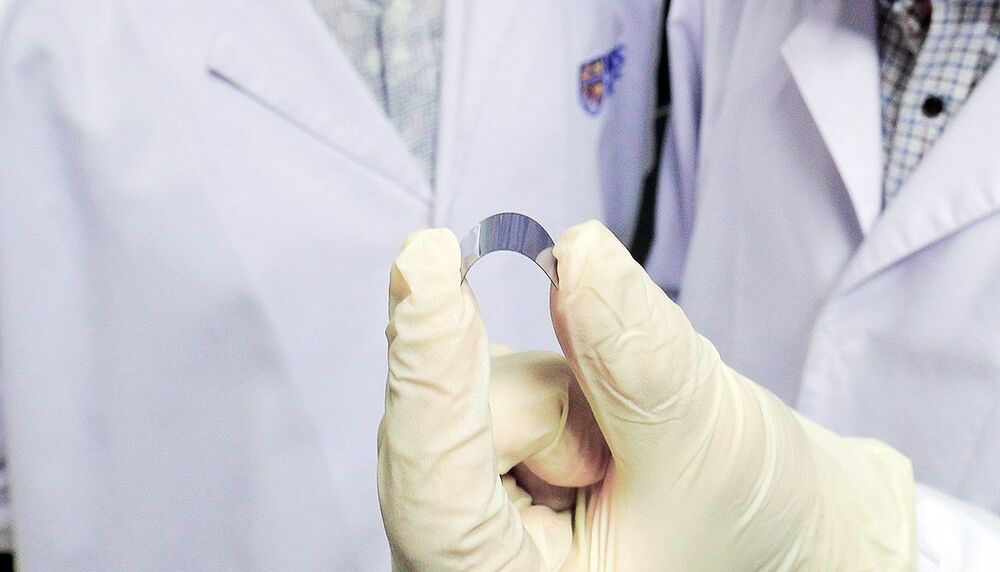
A video uploaded by the CSAIL team shows off the system. The drone pilot is able to maneuver a small drone through a series of rings easily just by twisting, raising, and lowering his forearm thanks to a device strapped around his arm.
The goal is to make controlling the drone — and potentially other pieces of technology — as natural as possible by harnessing human intuition.
A paper published last month details the such a “plug-and-play gesture control” that relies on muscle and motion sensors.
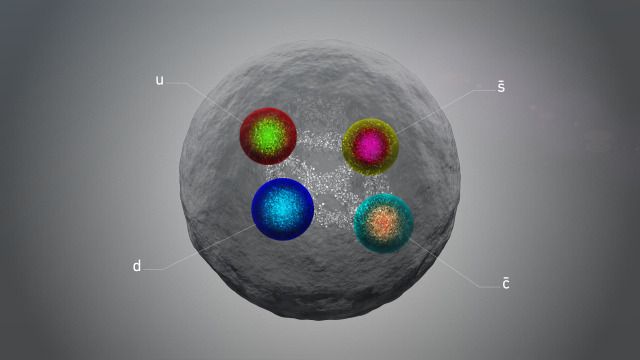
The LHCb experiment at CERN has developed a penchant for finding exotic combinations of quarks, the elementary particles that come together to give us composite particles such as the more familiar proton and neutron. In particular, LHCb has observed several tetraquarks, which, as the name suggests, are made of four quarks (or rather two quarks and two antiquarks). Observing these unusual particles helps scientists advance our knowledge of the strong force, one of the four known fundamental forces in the universe. At a CERN seminar held virtually on 11 August, LHCb announced the first signs of an entirely new kind of tetraquark with a mass of 2.9 GeV/c²: the first such particle with only one charm quark.
First predicted to exist in 1964, scientists have observed six kinds of quarks (and their antiquark counterparts) in the laboratory: up, down, charm, strange, top and bottom. Since quarks cannot exist freely, they group to form composite particles: three quarks or three antiquarks form “baryons” like the proton, while a quark and an antiquark form “mesons”.
The LHCb detector at the Large Hadron Collider (LHC) is devoted to the study of B mesons, which contain either a bottom or an antibottom. Shortly after being produced in proton–proton collisions at the LHC, these heavy mesons transform – or “decay” – into a variety of lighter particles, which may undergo further transformations themselves. LHCb scientists observed signs of the new tetraquark in one such decay, in which the positively charged B meson transforms into a positive D meson, a negative D meson and a positive kaon: B+→D+D−K+. In total, they studied around 1300 candidates for this particular transformation in all the data the LHCb detector has recorded so far.